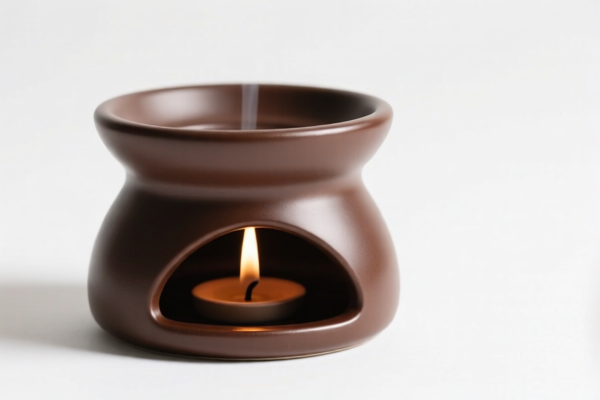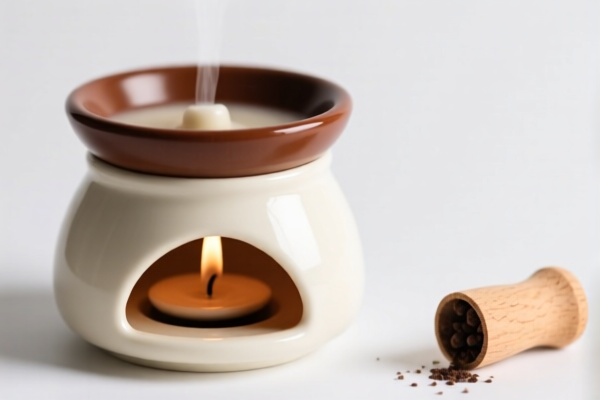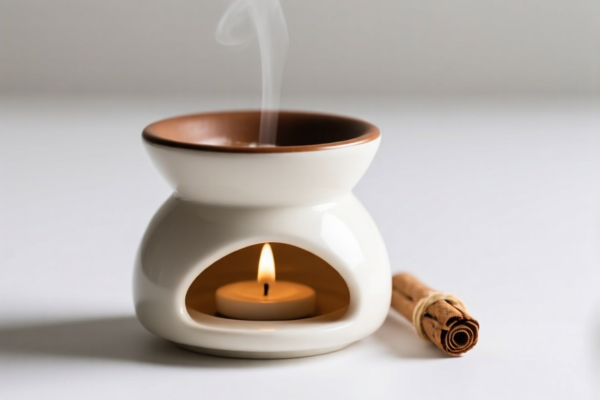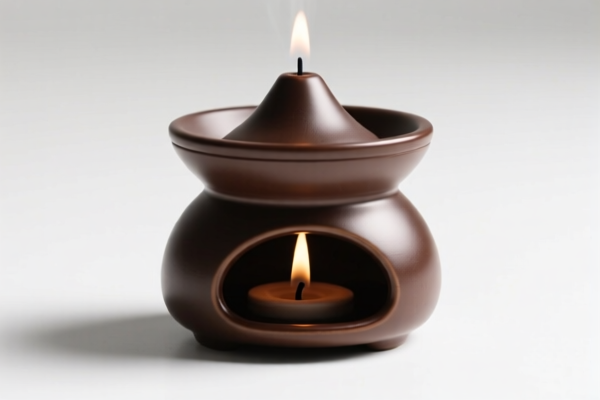| HS Code | Official Doc | Tariff Rate | Origin | Destination | Effective Date |
|---|---|---|---|---|---|
| 3406000000 | Doc | 37.5% | CN | US | 2025-05-12 |
| 4823901000 | Doc | 55.0% | CN | US | 2025-05-12 |
| 4823907000 | Doc | 55.0% | CN | US | 2025-05-12 |
| 4820900000 | Doc | 55.0% | CN | US | 2025-05-12 |




Aromatherapy Candle
An aromatherapy candle is a candle infused with essential oils, intended to provide fragrance and therapeutic benefits through the inhalation of these oils when burned.
Material
- Wax: Common waxes include:
- Soy Wax: A natural wax derived from soybean oil, known for its clean burn and ability to hold fragrance well.
- Paraffin Wax: A petroleum byproduct, historically the most common wax used, but less favored due to potential soot production and concerns about air quality.
- Beeswax: A natural wax produced by honeybees, offering a subtle honey scent and longer burn time.
- Coconut Wax: A natural wax derived from coconut oil, known for its excellent fragrance throw and clean burn.
- Palm Wax: Derived from palm oil, though sustainability concerns exist regarding its sourcing.
- Essential Oils: Concentrated plant extracts that provide the fragrance and therapeutic properties. Examples include lavender, chamomile, eucalyptus, peppermint, and many others.
- Wicks: Typically made of cotton, sometimes with a core of paper or metal for stability. Wick size is crucial for proper burning.
- Containers: Vary widely, including glass jars, tins, ceramic vessels, and more.
Purpose
The primary purposes of aromatherapy candles are:
- Fragrance: To create a pleasant aroma in a space.
- Aromatherapy: To promote relaxation, reduce stress, improve mood, and potentially offer other therapeutic benefits based on the essential oils used. Specific oils are associated with different effects (e.g., lavender for sleep, citrus for energy).
- Ambiance: To create a cozy and inviting atmosphere.
Function
Aromatherapy candles function by:
- Melting the Wax: The heat from the flame melts the wax, releasing the essential oils.
- Vaporization: The essential oils vaporize and diffuse into the air.
- Inhalation: The user inhales the fragrance, which interacts with the olfactory system and potentially affects mood and well-being.
Usage Scenarios
- Relaxation & Stress Relief: Used during meditation, yoga, or simply to unwind.
- Sleep Aid: Lavender or chamomile-scented candles are popular for promoting sleep.
- Mood Enhancement: Citrus or peppermint scents can be used to uplift mood and increase energy.
- Creating Ambiance: Used during social gatherings, romantic dinners, or to create a cozy home environment.
- Masking Odors: While not the primary purpose, can help to neutralize unwanted smells.
Common Types (categorized by dominant essential oil/intended effect)
- Lavender Candles: Known for relaxation, sleep aid, and stress reduction.
- Eucalyptus Candles: Often used for respiratory support and clearing congestion.
- Citrus Candles (Lemon, Orange, Grapefruit): Uplifting, energizing, and mood-boosting.
- Peppermint Candles: Invigorating, focus-enhancing, and can help relieve headaches.
- Chamomile Candles: Calming, soothing, and promote relaxation.
- Rose Candles: Romantic, emotionally balancing, and promote self-love.
- Woody Candles (Sandalwood, Cedarwood): Grounding, centering, and promote a sense of calm.
- Blended Candles: Combinations of essential oils to achieve a specific effect or fragrance profile.
Aromatherapy Candle Commodity Classification
Aromatherapy candles are not explicitly listed within the provided reference material. However, based on the components and potential classifications, the following HS codes may be relevant:
-
3101000000: Animal or vegetable fertilizers, whether or not mixed together or chemically treated; fertilizers produced by the mixing or chemical treatment of animal or vegetable products.
- Chapter 31: Covers animal or vegetable fertilizers. While candles aren't fertilizers, some candles utilize vegetable waxes (e.g., soy wax, palm wax) as a primary component. This code may be applicable if the candle is marketed or composed primarily of vegetable waxes intended for a fertilizing effect (though this is uncommon for aromatherapy candles).
- Heading 00: This indicates the general category of fertilizers.
- Subheading 00: This further specifies the general category of fertilizers.
- Tax Rate Details: Base tariff: 0.0%, Additional tariff: 25.0%, Post-April 2, 2025, additional tariff: 30%. Total tariff: 55.0%.
-
4820900000: Registers, account books, notebooks, order books, receipt books, letter pads, memorandum pads, diaries and similar articles, exercise books, blotting pads, binders (looseleaf or other), folders, file covers, manifold business forms, interleaved carbon sets and other articles of stationery, of paper or paperboard; albums for samples or for collections and book covers (including cover boards and book jackets) of paper or paperboard: Other.
- Chapter 48: Covers articles of paper or paperboard. This code may be applicable if the candle packaging is primarily composed of paper or paperboard.
- Heading 90: This indicates "Other" within the category of stationery.
- Subheading 00: This further specifies the "Other" category.
- Tax Rate Details: Base tariff: 0.0%, Additional tariff: 25.0%, Post-April 2, 2025, additional tariff: 30%. Total tariff: 55.0%.
-
4823901000: Other paper, paperboard, cellulose wadding and webs of cellulose fibers, cut to size or shape; other articles of paper pulp, paper, paperboard, cellulose wadding or webs of cellulose fibers: Other: Of paper pulp.
- Chapter 48: Covers paper, paperboard, cellulose wadding, and webs of cellulose fibers. This code may be applicable if the candle packaging utilizes paper pulp materials.
- Heading 23: This indicates "Other" within the category of paper articles.
- Subheading 90: This further specifies "Other" articles of paper pulp.
- Tax Rate Details: Base tariff: 0.0%, Additional tariff: 25.0%, Post-April 2, 2025, additional tariff: 30%. Total tariff: 55.0%.
-
4823907000: Other paper, paperboard, cellulose wadding and webs of cellulose fibers, cut to size or shape; other articles of paper pulp, paper, paperboard, cellulose wadding or webs of cellulose fibers: Other: Other: Other: Of cellulose wadding.
- Chapter 48: Covers paper, paperboard, cellulose wadding, and webs of cellulose fibers. This code may be applicable if the candle packaging utilizes cellulose wadding materials.
- Heading 23: This indicates "Other" within the category of paper articles.
- Subheading 90: This further specifies "Other" articles of paper pulp.
- Tax Rate Details: Base tariff: 0.0%, Additional tariff: 25.0%, Post-April 2, 2025, additional tariff: 30%. Total tariff: 55.0%.
Important Note: According to the provided reference material, the HS code options related to 'aromatherapy candle' are limited, with only the following 4 found. The most appropriate HS code will depend on the specific composition of the candle (wax type) and its packaging materials. It is recommended to consult with a customs broker for accurate classification.
Customer Reviews
No reviews yet.